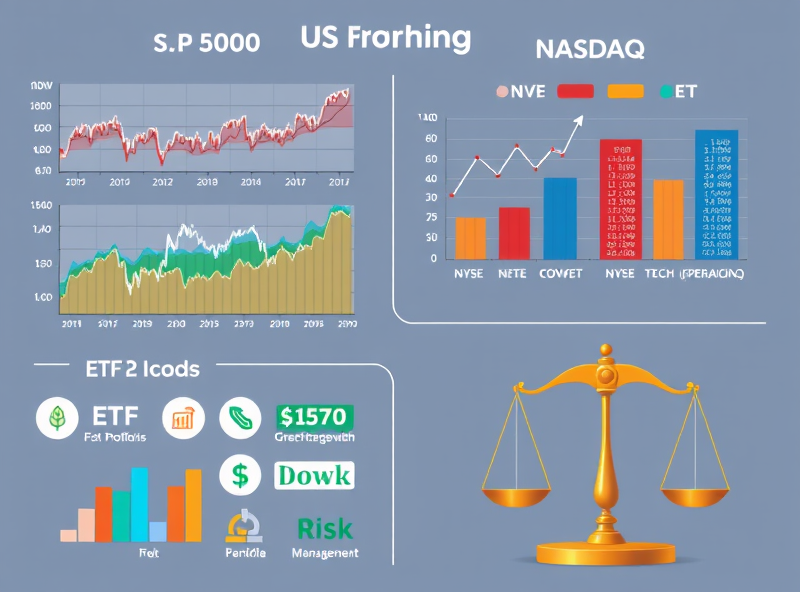Financial Performance Analysis

Understanding a company’s financial performance is a critical step in analyzing corporate reports. By reviewing key financial statements such as the income statement, balance sheet, and cash flow statement, you can gain valuable insights into a company’s profitability, liquidity, and overall financial health. Start by examining revenue trends and net income to assess profitability. Then, analyze the balance sheet to evaluate assets, liabilities, and equity, ensuring the company maintains a healthy financial structure. Lastly, the cash flow statement reveals how well the company manages its cash, which is essential for operational stability. Always compare these metrics with industry benchmarks and past performance to identify growth patterns or potential red flags. With a clear understanding of these financial elements, you can make informed decisions, whether you’re an investor, stakeholder, or business analyst.
Market and Competitive Landscape Evaluation

Understanding the market and competitive landscape is a crucial step in analyzing corporate reports. By evaluating the market, you can identify industry trends, growth opportunities, and potential challenges. Competitive landscape analysis helps you understand where a company stands in relation to its competitors, revealing its strengths, weaknesses, and unique value propositions. Start by reviewing market share data, industry reports, and key performance indicators (KPIs) of competitors. Look for patterns in consumer behavior, emerging technologies, and regulatory changes that could impact the industry. Additionally, SWOT analysis (Strengths, Weaknesses, Opportunities, Threats) is a practical tool to gain a holistic view of the competitive environment. By combining these insights, you can better assess a company’s position and make informed decisions about investments or business strategies.
Organizational Structure and Efficiency Review

Understanding an organization’s structure is essential for evaluating its efficiency and productivity. A well-designed structure ensures clear communication, effective decision-making, and streamlined workflows. Start by identifying the type of structure in place—whether it’s hierarchical, flat, matrix, or networked. Each structure has its strengths and weaknesses. For example, hierarchical structures provide clear authority but may slow down decision-making, while flat structures encourage collaboration but can lead to role ambiguity. To improve efficiency, focus on aligning the structure with the company’s goals and strategies. Additionally, consider conducting regular reviews to identify bottlenecks, redundancies, or areas where roles and responsibilities overlap. By optimizing the organizational structure, businesses can enhance their adaptability, foster innovation, and improve overall performance.
Non-Financial Metrics and ESG Performance

When analyzing corporate reports, it’s essential to look beyond just financial metrics. Non-financial metrics, such as employee satisfaction, customer loyalty, and innovation capacity, provide a deeper understanding of a company’s long-term potential. Additionally, ESG (Environmental, Social, and Governance) performance has become a critical factor for investors and stakeholders. Companies with strong ESG practices often demonstrate better risk management, sustainability, and brand reputation. For example, tracking carbon emissions, diversity in leadership, and community engagement initiatives can help assess a company’s commitment to ethical and sustainable practices. By focusing on these non-financial metrics, you can gain valuable insights into a company’s overall health and future growth potential.



